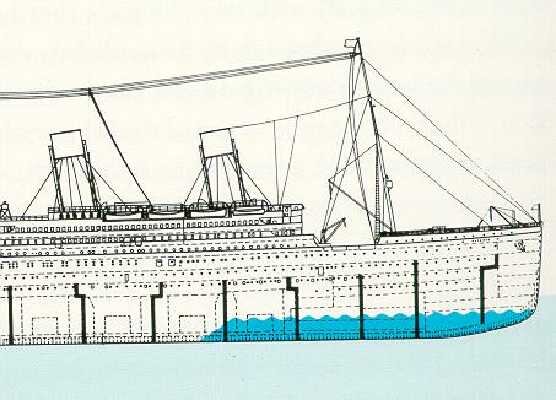
Portfolio construction
Building a portfolio
Putting together an investment portfolio is like building a collection, whether it be stamps, coins, art, old hub caps, you name it. It takes time and patience. You need to be very selective in what you place in your collection. At Bearing, our portfolio has four compartments:
1. Equity participations
2. Reserves
3. Portfolio insurance
4. Speculations
In addition, the equity participations can be broken down into the coffee can (10 year time horizon) and opportunistic (3-5 year horizon).
Each compartment has a purpose. Each must be able to stand alone, not swamping the other compartments in order to manage risk. But they also work together.
Equity participations do the heavy lifting. This is where the lion’s share of the gains will be made. Ideally, 90-100% of the portfolio would be invested in this compartment. That would require a severe bear market in which a large number of high quality businesses trade at bargin prices. Unfortunately, those opportunities don’t come along very often – perhaps once every 10 or 15 years.
During less-than-opportune times, we need to hold reserves. These include cash and foreign currencies, but also precious metals if we’re concerned about the ill-effects of central bank money printing, such as inflation and asset bubbles. Bursting bubbles can lead to panics and systemic banking crises – like we witnessed during the 2008 meltdown. Holding some gold in the likely event history repeats is never a bad idea.
Portfolio insurance, a.k.a. put options, offers an extra level of protection in the event of recession or a severe bear market. While the equity participations are chosen to weather economic storms, owning storm insurance sometimes makes sense provided the price is right. Portfolio insurance is not like life insurance. It’s price can fluctuate wildly. When there is calm, the price is cheap. After the storm hits, the price skyrockets. Obviously, we need to buy this type of insurance before the storm hits. As with more conventional insurance policies, portfolio insurance represents a net cash outflow most of the time. But when it pays off, it pays off in a big way. Not only does it help protect the portfolio, it gives us more cash to invest when bargains abound and we feel like mosquitos in a nudist colony.
Lastly, there are speculations that present themselves from time to time. These typically have a downside of 100%. There is much less margin for error than with equity participations. But if they pay off, the rewards can be significant. These should be limited to a sliver of the portfolio, probably no more than 2-3% in total.
“In building a portfolio, you want to be thoughtful about risks. You don't want one bullet to kill you.”
— Christopher Mayer

